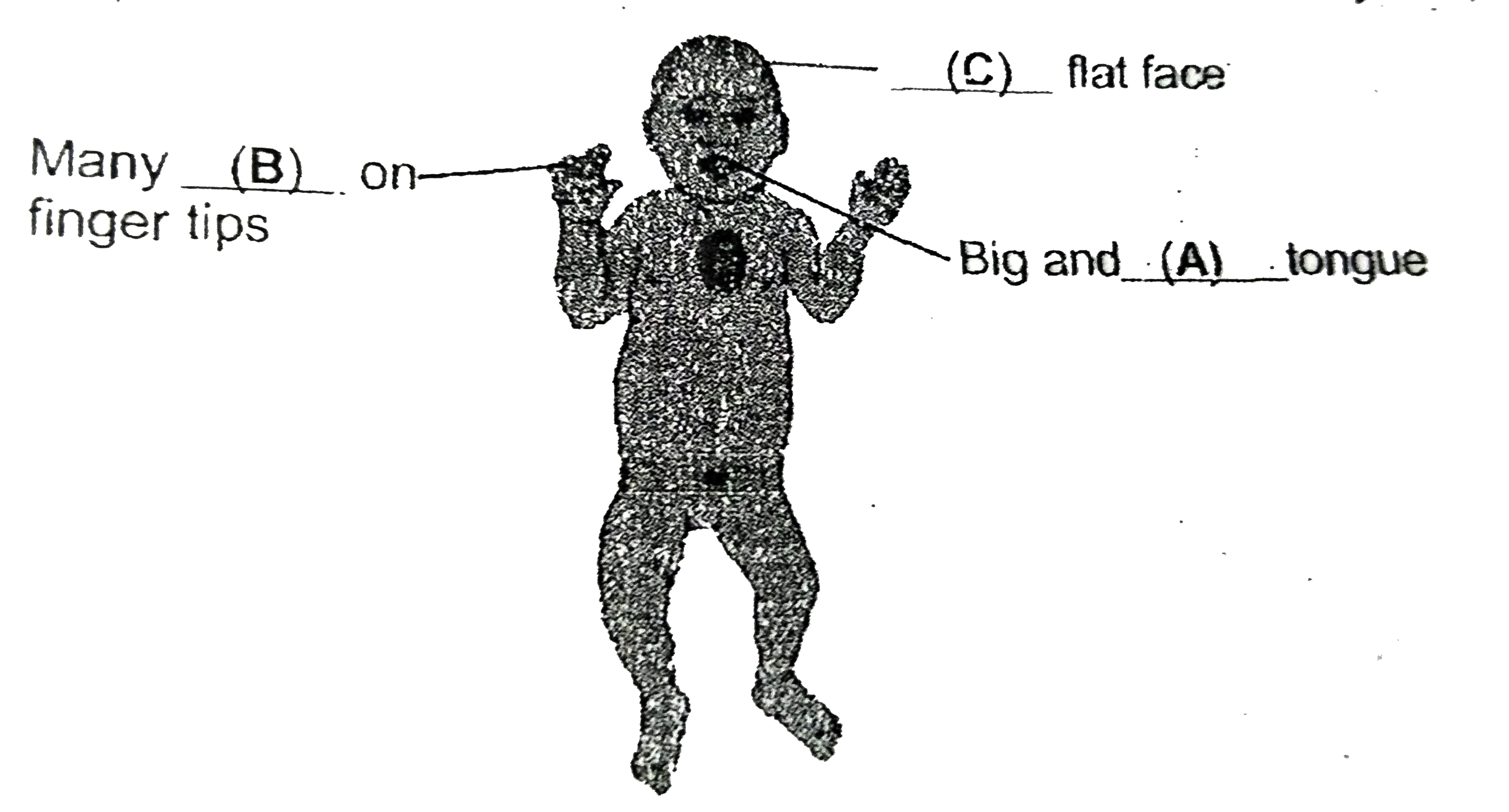Write the chromosomal defect in individuals affected with Klinefelter's syndrome.
Video Solution
|
Answer
Step by step video & image solution for Write the chromosomal defect in individuals affected with Klinefelter's syndrome. by Biology experts to help you in doubts & scoring excellent marks in Class 12 exams.
Updated on:21/07/2023
Topper's Solved these Questions
Similar Questions
Knowledge Check
- Question 1 - Select One
Read the passages and answer the questions that follow
Chromosomal abnormalities, alterations and aberrations are at the root of many inherited diseases and traits. Chromosomal abnormalities often give rise to birth defects and congenital conditions that may develop during an individual's lifetime. Examining the karyotype of chromosomes (karyotyping) in a sample of cells can allow detection of a chromosomal abnormality. The normal human chromosome contains 23 pairs of chromosomes, giving a total of 46 chromosomes in each cell, called diploid cells. Aneuploidy refers to the presence of an extra chromosome or a missing chromosome and is the most common form of chromosomal abnormality. Down syndrome, Turner syndrome, and Klinefelter's syndrome constitute the most common chromosomal abnormalities.
Which of the following is incorrect with respect to Klinefelter's syndrome?AThe fusion of an abnormal egg with a normal spermBThe fusion of a normal egg with an abnormal spermCThe fusion of a normal egg with a normal spermDAn additional copy of X-chromosome
State the chromosomal defect in individuals with Turner's syndrome.
View SolutionThe child affected with Down's syndrome has
View SolutionWhich is not a character of klinefelter's syndrome ?
View SolutionWrite short notes on: Klinefelter syndrome
View SolutionGiven below is the figure showing an individuals inflicted with Down's syndrome.

Write down the correct words for all the three blanks (A) , (B) and (C ) indicated in the figure.View SolutionGenetic constitution of Klinefelter syndrome is
View SolutionWhich of the following is incorrect about Klinefelter's syndrome ?
View Solution

